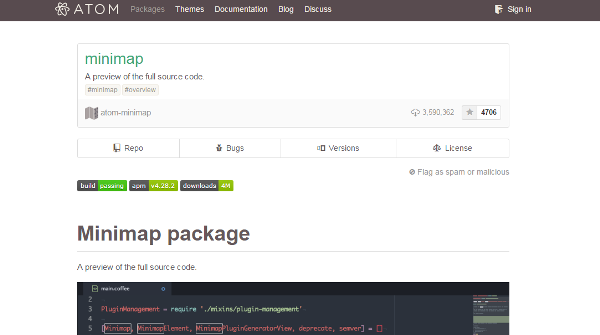Pineapple A Standalone Front End To Ipython For Mac
Pineapple - Native IPython/Jupyter Notebooks for Mac OS X. Pineapple - Native IPython/Jupyter Notebooks for Mac OS X. Discover ideas about Mac Os. Pineapple - Native IPython/Jupyter Notebooks for Mac OS X. ShareBoot theme, a very clean and sleek responsive SharePoint 2013 theme powered by Bootstrap, the most popular front-end toolkit.

One of the things I think we could be looking at more in open ed in general, and the OU in particular, are authoring environments that allow educators to create their own interactives. A significant blocker is the skills required to create and deploy such things:. Tattoo artist wallpaper for mac.
activity design in general;. front end / UI coding (HTML / js). back end coding (application logic, js, or py, for example).
runtime management (js can run in a browser, R or py likely to require a backend kernel to execute the code). One of the things that appeals to me about the Jupyter and RStudio environments / ecosystems is the availability of packages that support end-user development by wrapping high level UI components as templated widgets that can be automatically generated from code. (See for example my own attempts at creating an HTML for rendering a hex map given an R dataframe.) One of the things I started to come round to when creating various binderhub demos to show off how Jupyter notebooks can be used to generate and embed rich media assets for different topic areas (see slides 25-33 of the embedded below, for example) was that a good collection of IPython magics could provide the basis for end-user developed online materials featuring embedded interactives.
For example, the I started working on makes it relatively straightforward to create an embedded map within a Jupyter notebook, that can then be saved and rendered as a standalone HTML page featuring an embedded interactive map. It struck me that the magic should also work in the context of Scriptedforms, eg as per. And it does The markdown (text) file, scriptedformsmagic.md, on the left can be fired up as the HTML + interactive form on the right from a single command line command: scriptedforms scriptedformsmagic.md You can also do “live development” by editing and saving the markdown and then reloading the browser page. By developing a sensible set of IPython magics, authors with some limited technical skills should be able to write enough “code”, as per the “code” in the markdown document above, to:.
Pineapple A Standalone Frontend To Python For Machine Learning
identify form elements;. bind those form elements as parameters in an IPython magic call. After all, we keep saying everyone should be able to code and that’s a level of coding where you can be immediately productive.